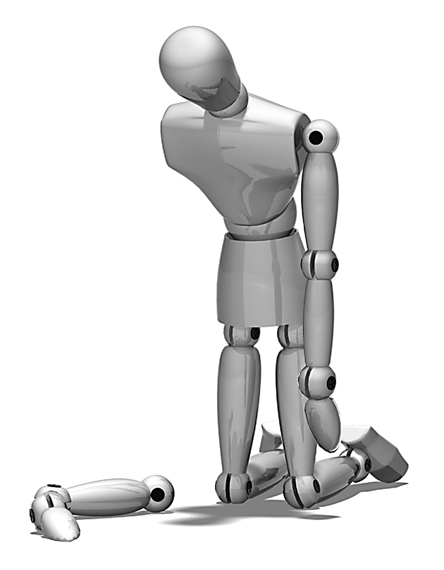
Having recently been diagnosed with tendonitis in both arms and wrists, I am trying to implement some changes to make working more comfortable. Here is some information to help promote work comfort.
Those include your posture, the way you are using the mouse and keyboard, and monitor position.
Frequent inaccurate use of a mouse when working on the computer can lead to a condition called as repetitive strain injury or mouse arm.
Arm pain includes tingling, numbness, and weakness in the lower arm and hands.
These signs are due to overstressing of the tendons and nerves due to repetitive motion.
What cause arm pain?
Constant clicking with the computer mouse and abnormal hand position can cause damage to the tissues and in the long run which can lead to inflammation of the nerve fibers. The mouse click movements on its own can also trigger pain.
How to reduce arm pain?
- Following ergonomic working methods can prevent RSI.
- Restrict the use of mouse and use keyboard commands, since there are many program functions that can be executed with keyboard commands.
- To perform the double click action there is the middle mouse button or the scroll wheel.
- The size of the mouse should be appropriate and is suitable for your hand.
- Use a wrist rest. They can guard against inflammation.
- Padded rests for the ball of the hand can also reduce the strain on your arm.
- Some other alternate input options like voice recognition or graphic tables can reduce arm pain.
- Regularly perform stretching exercises, natural arm and hand movements and also take frequent work breaks help keep the arm musculature relaxed.
- Use of forearm support can reduce supper body pain and prevent musculoskeletal disorders. This is a good solution for those who use computer for more than 20 hours per week.
- Maintain an erect posture to reduce pain in your arm.
- Adjust the arm support and work surface height so that forearms are parallel to the floor.
- Proper positioning of your keyboard and mouse can minimize the pain.
- Your chair height should be arranged in a fashion so that your thighs are parallel to the floor.
- When you are sitting and working in front of the computer, don’t twist your body.
- Keep your back at a right angle when your arm rest is at the right height.
One of the best things I have found is to get up and move. I have the benefit and curse of being self employed, so theoretically I can get up and move whenever I want. Sounds good doesn’t it? Well I tend to get engrossed in what I am doing and the time flies by. So I am now setting a timer on my computer to go off every 45 minutes to remind me it’s time to take a break, walk around and stretch.
I was happy to hear that I am not yet diagnosed with arthritis, come on I am too young for that, right? But this chronic pain really stinks, I thought I could rehab myself by cranking open every canal lock in the midlands of England, while fun and great exercise, I didn’t come home with forearms like Popeye or any less pain in my arms. I am hopeful that using some of these tips will help, voice recoognition is not the easiset way to get around a computer…yet.
Kevin

